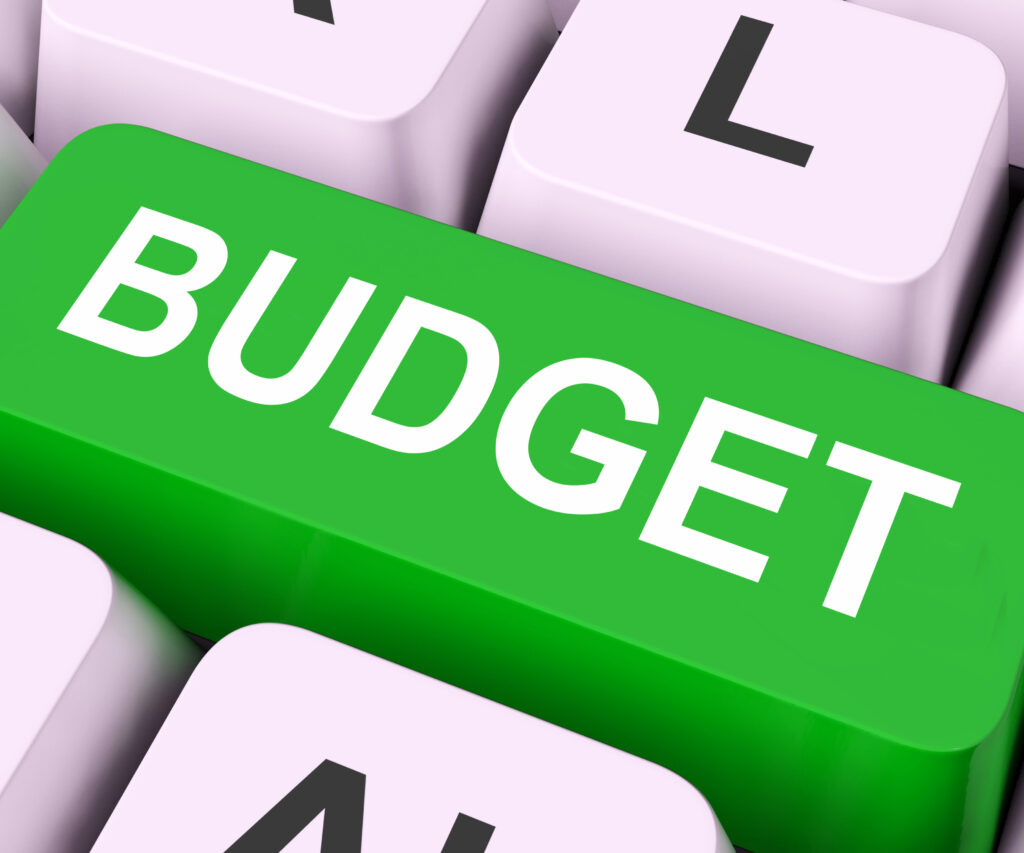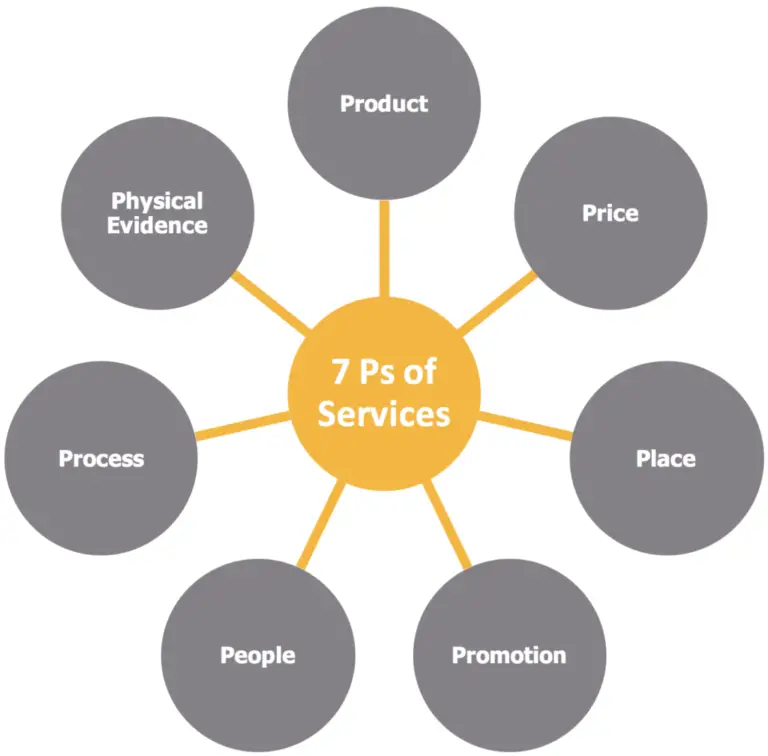Top 7 Competitive Pricing Strategies
What is Competitive Pricing?
Competitive Pricing is basically a competition-based pricing method that considers and use the prices of the competitors’ similar product as basis in setting their price. This pricing model focuses on information from the market rather than product’s perceived value and production costs.
Competitive Pricing use competing products as a benchmark for setting product prices below or above such benchmark. This strategy is used when a product typology is already balanced in the market, has a historic and there are many substitute products.
We will discuss the seven competitive pricing strategies to make a profit. When it comes to pricing a product, there’s a lot more to it than just slapping on a price tag.
7 Competitive Pricing Strategies for You Business
Know Your Local Competition.
Whether you’re a new business or really well-established business, you know that competition research is really invaluable to know your competitors’ prices, and not only even if you are an e-commerce website; you know, people love to shop local, so you need to see those local prices, so you know how to price accordingly.
Precisely 50% of consumers say they would rather buy in person, and of those that by in person, 80% still go online to compare those online prices to make sure they’re getting the best deal.
Understand the Online Market.
Not only do you need to know your local competition, but it’s just as important to know what else is out there.
Because people could go online nowadays and buy anything, the next thing to consider is what do you want to be known for? Do you want to be known for the lowest priced or the best quality but maybe at a higher price point?
Actually, only 2.4% of online consumer visits actually converted into a sale. So, I know for me whenever I’m online shopping, right, I’ll add all of these items into my shopping cart, and then I get preoccupied with something, and I end up leaving all of that. And I don’t end up buying most of the time, and I totally forget about it.

So, you know, it’s really important to know what sets you apart and then really use that to develop your pricing strategy
💥🎁 New Year & Easter Deals On Amazon !
Don't miss out on the best discounts and top-rated products available right now!
🛒 Shop Now and Save Big Today!*As an Amazon Associate, I earn from qualifying purchases.
Assess Your Cost
There are two major types of costs you have fixed and you have variable. Now fixed are those things that are not going to change.
No matter what you do with pricing your product, you have to, you know, pay a certain amount for your employees, or you have to pay for hosting fees or your least to your building.
You need to figure out what those are, and then you’ll be able to know afterward how much you need to price your product.

And your variable costs are your costs that change based on different production or sales value. So, you also have some things that vary by season. Say you’re an ice cream store, and in the summer, of course, you’re going to be selling like crazy. But in the winter, in your area, you may not sell too much.
You may have to adjust your pricing depending on that time of year, so bottom line, you need to know how much it’s going to cost to run your business and price your products accordingly.
That way, you can definitely make sure you are sustaining and maximizing your profits,
Determine Your Profit Margin,
Your profit margin is the percent of revenue you make on each unit; after deducting those fixed and variable costs for each product, say your product costs $80 to your consumer after you deduct how much it costs to you to make it, let’s say $60. Then that means that you’ve met it $20, which is a 25% profit margin.
Keep in mind that these profit margins definitely vary based on different industries. Everyone’s not going to have a 25% profit margin; that will be ideal, however. For instance, the clothing industry can range from 4 to 13% based on the data that’s out there.
A- B testing Strategy
If you want to try on a few different pricing strategies and see which one works best, you can actually test them out both at the same time.
And there are many pricing models that you can choose from, and we’re going to give you some examples first, pressing at a premium, pricing your product higher than all of your competitors, and seeing if you’re actually able to justify that in comparison to what’s out there in the market?
💥🎁 New Year & Easter Deals On Amazon !
Don't miss out on the best discounts and top-rated products available right now!
🛒 Shop Now and Save Big Today!*As an Amazon Associate, I earn from qualifying purchases.
And with those higher prices, you have to create a perception of value for your customers. I like to think of this with, like, high-quality makeup lines. So not only does your makeup have to be high quality, but the packaging you’re going to get a glass bottle rather than a plastic one.
So really, creating the illusion of a high-quality product and opposed to that is penetration pricing.
Say you have a hot new item that is just new to the market place. You can see if you could price it a little bit lower and get a lot of attention around that product.
So that’s really good for introductory specials, say for grand-openings; for a limited time, we’re going to be giving 20% off.
The next thing you could try is his economy pricing; this is typically difficult for smaller businesses. Still, essentially, it’s lowering your prices to really attract an appeal to that budget-conscious shopper.
Psychology Pricing.
This is when you’re really appealing to a shopper’s emotions by creating this illusion of a really great deal.
Instead of paying for something that’s $100, your prices at 99, you save a dollar, and it doesn’t seem that much, but when my emotions are involved dollars a lot and last his bundle pricing, you set your prices lower when people buy more things, like buy two, get one free. If you were originally just planning on buying one all of a sudden, now you’re buying, two, so you can get that third one for free.
And it makes people think that they’re, you know, saving some money. However, they are paying a little more, and you are getting the benefit of selling it as a bundle.
And it’s a really great opportunity for if a product isn’t selling well to sell more of it. So if Jelly’s not selling well, hey, buy this peanut butter, Get Jelly for free.
Now it’s important to recognize the downfalls of underpricing. When you set the lowest possible price, you’re really diminishing the profit margin that you’re able to make.
💥🎁 New Year & Easter Deals On Amazon !
Don't miss out on the best discounts and top-rated products available right now!
🛒 Shop Now and Save Big Today!*As an Amazon Associate, I earn from qualifying purchases.
Consistently Review Your Pricing.
You can’t just set it and forget it. You have to make sure that you’re staying on top of this.
You can actually set scheduled times for you to review and update your pricing strategies like once every quarter. And there’s also some unscheduled times when you want to review your prices.
For example, if your cost change and if the economy changes or if your competitors change their prices? If you’re launching a new product or if you’re entering a new market or vertical and demand is up.
For instance, back when Popeyes came out with a chicken sandwich and sold out whenever they thought to bring it back in, they could increase that price because so many people wanted it.

